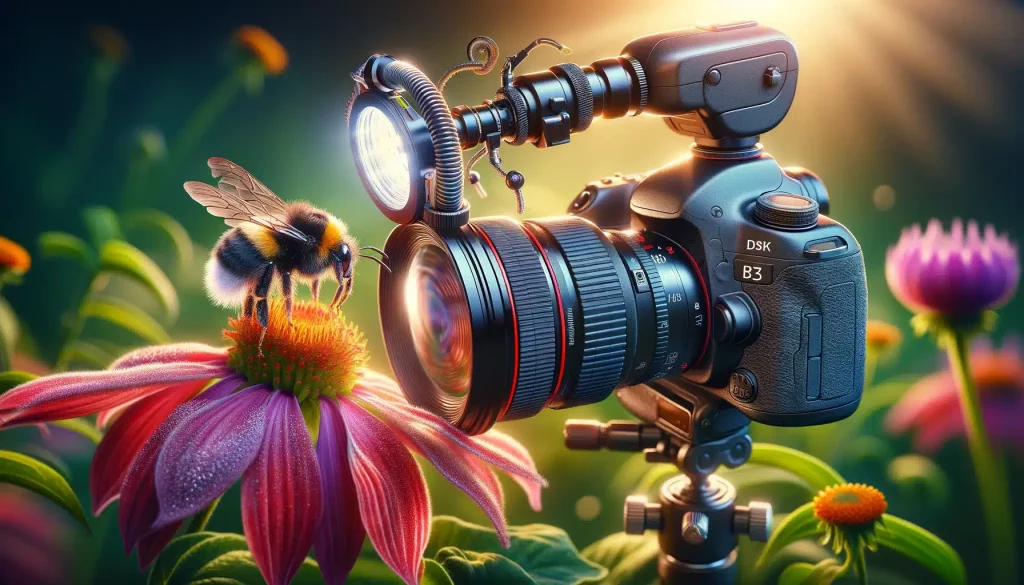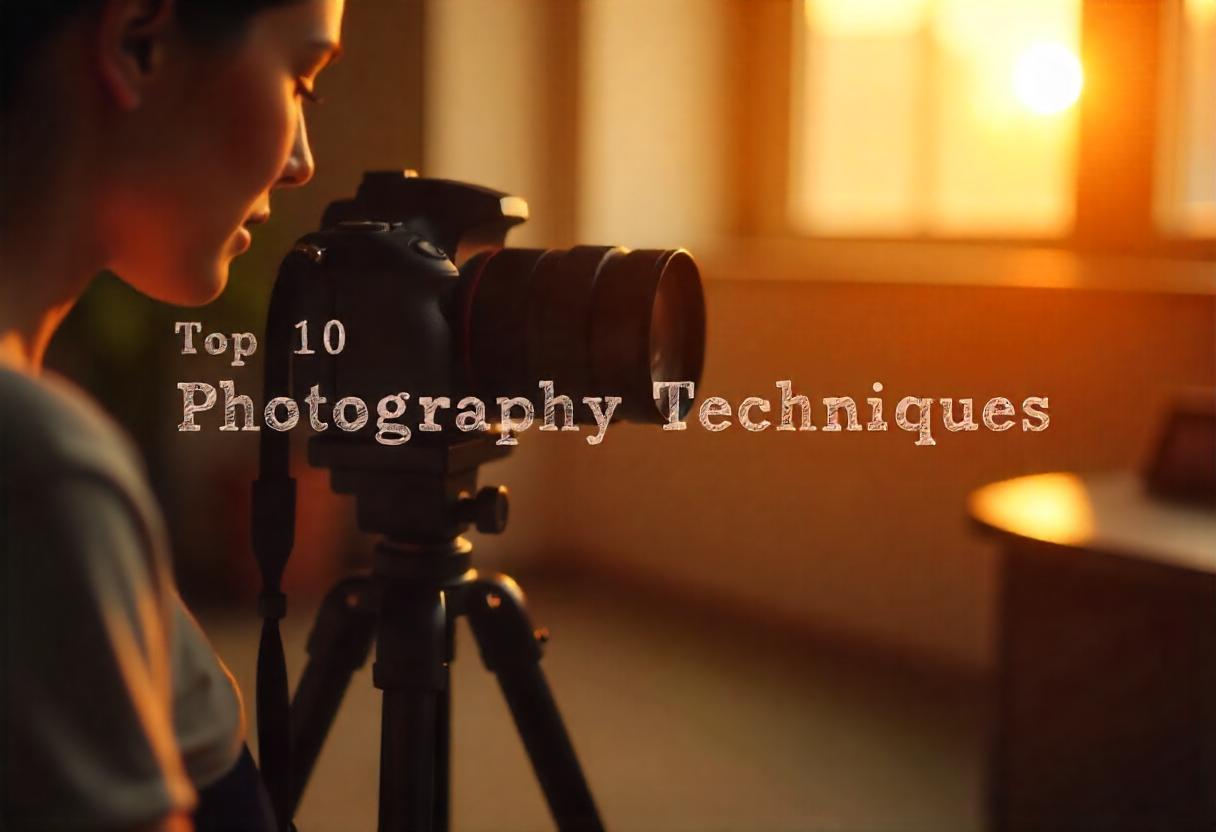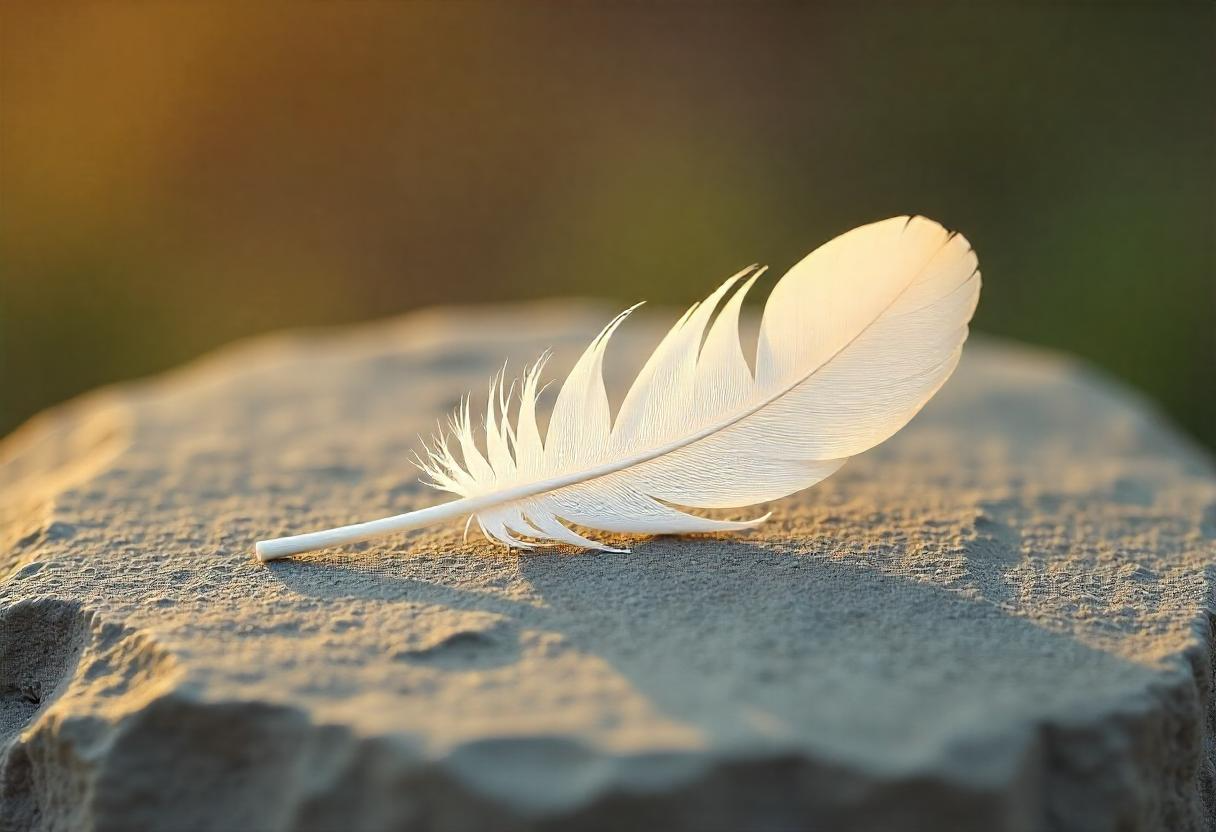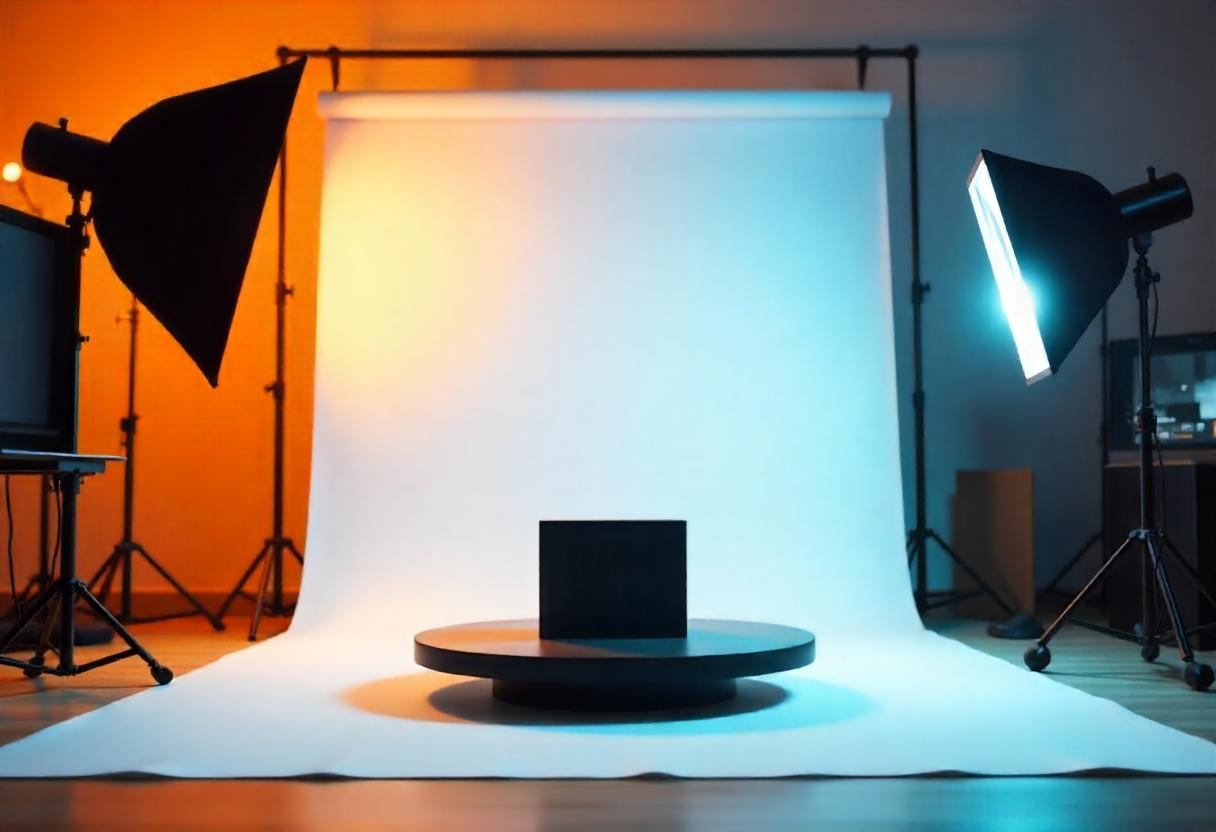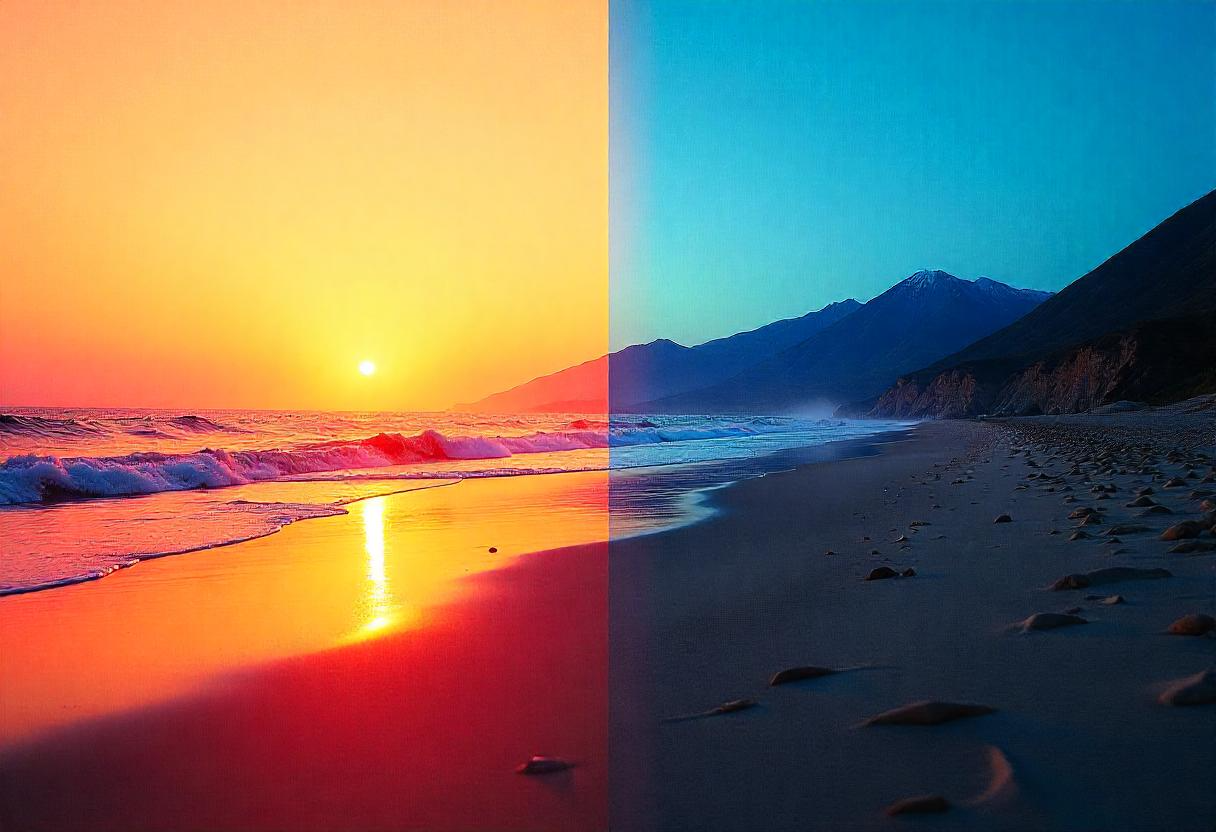Macro Photography: Discovering a World of Tiny Wonders
Hello from the world of macro photography, where even the smallest details are sharply highlighted. From the delicate textures of a flower petal to the complex patterns on a leaf, this article aims to educate novices on capturing the small beauties surrounding us. We hope to make this genre approachable and interesting for beginners. You will find here the necessary tools, methods, and advice to start your macro photography adventure.
What Is Macro Photography?
Using your camera as a magnifying glass is similar to macro photography. It entails capturing incredibly close-up photos of little objects, flowers, insects, or other things to make them appear much larger. To see all the little features that are usually hidden from view, it’s like zooming in close.
Top 15 Tips for Macro Photography
Read Also: How to Build a Successful Career in Photography: A Complete Guide
Choosing Your Equipment
The Macro Lens A specialized macro lens is essential to macro photography. These close-focusing lenses are essential for taking authentic macro photos.
Do you want free career counseling?
Ignite Your Ambitions- Seize the Opportunity for a Free Career Counseling Session.
- 30+ Years in Education
- 250+ Faculties
- 30K+ Alumni Network
- 10th in World Ranking
- 1000+ Celebrity
- 120+ Countries Students Enrolled
Options: If a macro lens is out of your price range, think about close-up filters or extension tubes.
Tripod: Steer clear of camera wobble, which is a prevalent issue with macro photography. If you’re shooting handheld, steady your camera against a firm surface or use a tripod. Camera shake can also be lessened by timed shutter settings or remote shutter releases.
Lighting Your Subject
Natural Light: Although it can provide stunning photographs, natural light’s unpredictable nature can present difficulties.
Book Now →
Artificial Light: Consistent and adjustable lighting can be achieved with an LED ring light or a flash. The best light is soft, diffused light because it evenly lights your subject and lessens harsh shadows.
Mastering Focus
Accurate focusing is essential since macro photography usually has a short depth of field. You have more control with manual focus, so you may precisely target the area you want sharp. More of your subject will come into focus when you choose a narrower aperture (higher f-number), which also increases the depth of field.
Composition and Framing
Like other types of photography, macro photography relies heavily on composition. Effective use of framing, leading lines, and the rule of thirds is possible. Try presenting your subject from a variety of perspectives to determine which one works best.
Do you want free career counseling?
Ignite Your Ambitions- Seize the Opportunity for a Free Career Counseling Session.Read Also: How to Become a Professional Photographer: A Step-by-step Guide
Patience and Persistence
Waiting for the ideal shot is frequently necessary when doing macro photography, especially when working with erratic subjects like insects. Here, patience is your ally. Wait for the ideal moment and take your time setting up the shot.
Practice and Experimentation
You will get more adept at understanding the nuances of macro photography the more you practice. Play around with different topics, locations, and lighting. Each missed opportunity is a step closer to a successful one.
Post-Processing Techniques
One of the most effective tools for macro photography is post-processing. A good shot can become a terrific one by learning how to crop, alter exposure, and add sharpness.
Embracing the Learning Curve
Although macro photography can be difficult, every challenge presents a chance to grow. Initial setbacks should not deter you. Every attempt teaches us something new.
Read Also: The Best Professionally Approved Photography Courses in India
Understanding Your Subjects
Knowing the fundamentals of your subjects can be quite beneficial while taking nature photos. Planning your shoots might be made easier if you know where to find specific insects or how flowers blossom.
Exploring Different Environments
Don’t only focus on your backyard. Investigate various settings, such as gardens, parks, and forests. Every setting offers different lighting and themes.
The Importance of Background
A macro photograph’s background may make or break it. Strive for simplicity because a busy background can detract from your subject. Occasionally, a small camera adjustment can greatly enhance the background.
Using Manual Settings
Manual settings provide you with greater control, even though automatic settings might be useful. Better and more reliable results can be obtained by manually adjusting the shutter speed, ISO, and aperture.
Read Also: Complete Guide to Travel Photography Gear and Tools
The Magic of Water Droplets
To add charm to your pictures, include water droplets. They can function as tiny lenses, giving your photos a captivating quality.
Keeping Your Gear Clean
Even a tiny dust particle can be seen in macro photography. Especially when shooting outside, make sure your lens is clean and inspected frequently.
Utilizing Image Stacking
Taking several pictures with various focal points and then blending them is known as image stacking. This may result in a picture that highlights the subject more.
Conclusion
You are already in the right direction if you have recently been searching “How to Become a Professional Photographer,” and this is a terrific place to start.
Read Also: The Future of Photography: Trends and Techniques in Photography Education for 2024
Get familiar with the editing tools and begin honing your fundamental technical abilities for a fulfilling path to your ideal photography career. To become an expert photographer, begin studying the art and enroll in professional courses. Networking is essential to a successful job and growing prospects. Join groups for photographers and make connections at events and online. Work together on innovative shoots with other professionals.
Make sure you are building your brand to market yourself. Create a business plan and make the most of your resources to meet new customers and advance your career. Find out about the many photography specialties. You can learn a certain specialty, grasp the business of photography, and become an expert photographer with specialized Photography courses and degrees. To obtain all the tools and advice you need to create your ideal profession, have a look at the courses that AAFT’s School of Photography offers.

Deepika Joshi is a dedicated content writer and specialist with over three years of experience in the education and academic niche. Currently pursuing her master’s degree in Advertising and Public Relations, she also holds a Post Graduate Diploma in Public Relations and Events. Deepika excels at creating engaging, informative, and persuasive content that resonates with diverse audiences. She is well-equipped to tackle new challenges in the dynamic world of growing content.


